In regular competitions, players are allowed to bring up to fourteen golf clubs. If a player has fewer than fourteen clubs, they can supplement the number to a maximum of fourteen. There are four main types of clubs in golf: woods, irons, wedges, and putters.
In this article, we will also discuss the eight key elements of a golf swing, including the golf grip, stance, spine angle, aiming direction, backswing, top of the swing, downswing, and follow-through.
- Golf Clubs Tips & Basic
- An Overview of Golf Club Type
- Wood
- Iron Clubs
- 2-Iron (Average distance: 190-210 yards)
- 3-Iron (Average distance: 180-200 yards)
- 4-Iron (Average distance: 170-190 yards)
- 5-Iron (Average distance: 160-180 yards)
- 6-Iron (Average distance: 150-170 yards)
- 7-Iron (Average distance: 140-160 yards)
- 8-Iron (Average distance: 130-150 yards)
- 9-Iron (Average distance: 120-140 yards)
- Summary of Iron Types:
- Wedge
- Summary of Wedge Types:
- Sand Iron
- Putter
Golf Clubs Tips & Basic
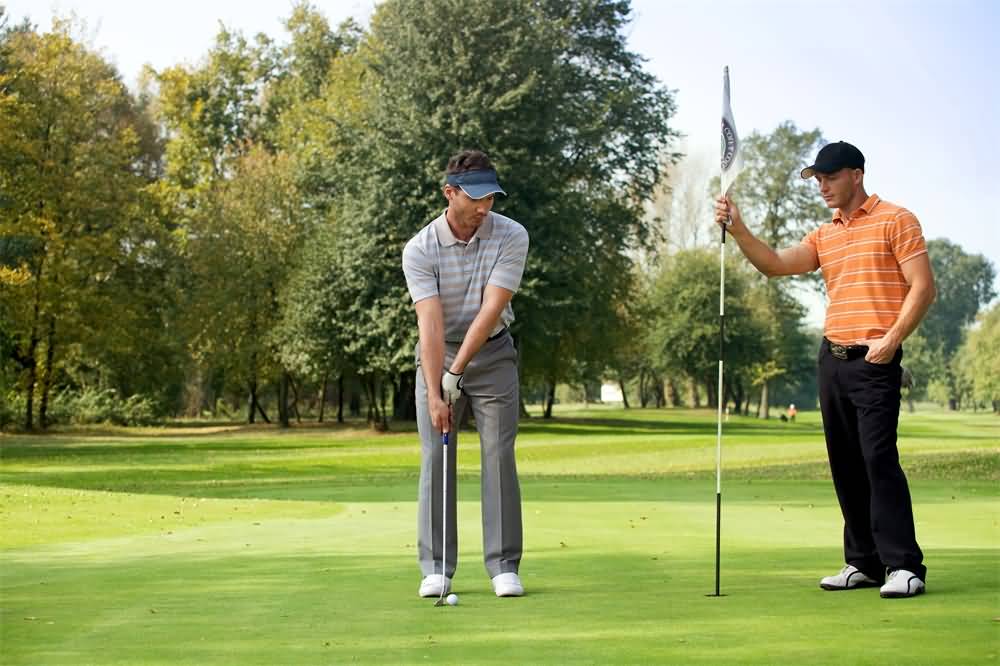
Grip
The grip is undoubtedly the most important aspect of a golf swing. A poor grip can negatively affect the address position, ball placement, impact stability, flight path, and distance. Ensuring your grip is correct is essential for executing a successful swing.
Stance
Your stance is crucial for a proper swing. How you position yourself relative to the ball affects your balance and strength during the swing. Depending on the type of shot you wish to execute, you should choose either an open or closed foot position. Common mistakes include drooping shoulders and arching the back, which can lead to a loss of balance and power.
Spine Angle
The angle of your spine during the address is key to a proper swing. Stand upright with the spine at a 90-degree angle to the ground, then bend your knees and lean forward about 45 degrees. This is the optimal spine angle. Maintaining this angle throughout the swing helps ensure fluidity and balance.
Aiming
To check if you’re aiming correctly, ensure that the clubface is perpendicular to the target line. If the clubface isn’t aligned, the ball will veer off the target path. Alternatively, if you intentionally alter the swing path to adjust the ball’s trajectory, it can lead to errors in your shot execution.
Backswing
The backswing sets the rhythm for the entire swing, so it’s essential to get it right. It should be smooth and controlled, not too fast. A proper backswing builds the tempo for the downswing and follow-through. Focus on executing a rhythmic backswing that’s neither rushed nor forced.
Top of the Swing
At the top of the swing, there should be a brief pause. It’s easy to over-rotate or swing too far, which puts unnecessary strain on the wrists and disrupts the flow of the swing. A proper position at the top is critical, as it influences the accuracy and fluidity of the downswing.
Downswing
The downswing begins from the top of the swing and continues through to impact. This phase determines the correct swing path and plane. Executing the downswing properly will ensure that the clubface strikes the ball perpendicularly to the target line, resulting in a more accurate shot.
Follow-through & Finish
The follow-through and finish are often overlooked, but they are critical to a successful swing. Even if your body is stable, and your swing is smooth up to the point of impact, an inconsistent follow-through can result in a poor shot. The entire swing process is continuous, and any stiffness or hesitation during the follow-through can cause errors in your shot. Avoid looking up too soon, as it can affect the trajectory of the ball.
An Overview of Golf Club Type
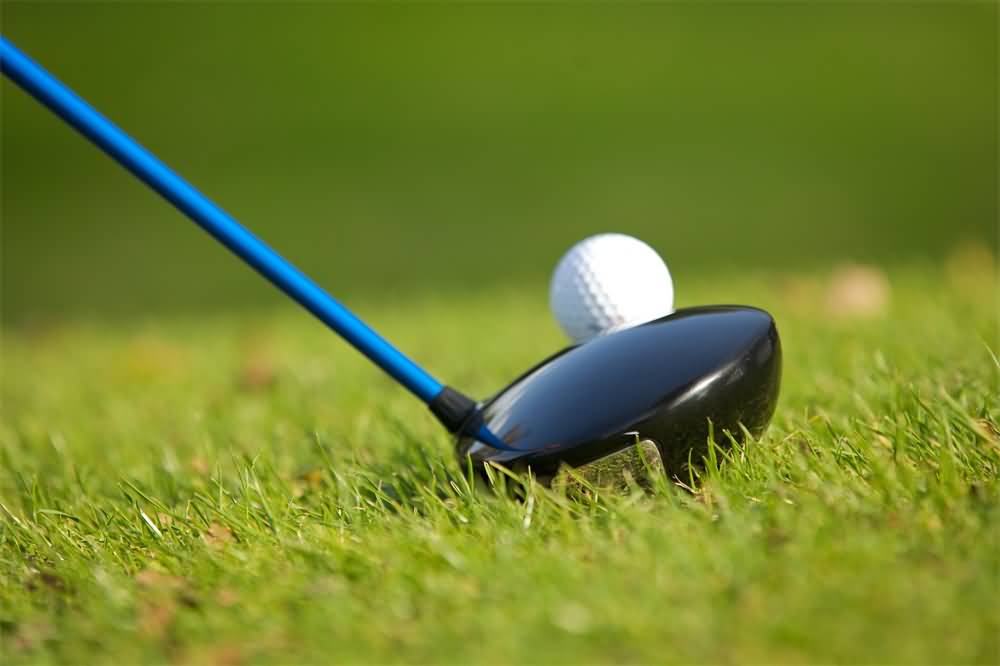
Wood
A wood club features a long shaft and a lighter head, primarily used for driving long-distance shots. While modern drivers are referred to as “woods,” over 70% of the clubhead is typically made of metal. Wood clubs are generally categorized into two groups: the driver (often called a 1-wood), and fairway woods such as the 3-wood, 4-wood, 5-wood, 7-wood, and 9-wood. The smaller the number, the longer the shaft and the lighter the weight; conversely, as the number increases, the shaft becomes shorter, and the weight increases.
Driver
(Average distance: 210-250 yards)
The driver is the longest club in a golf bag and has the smallest loft angle, designed for hitting long shots from the tee. It is often the most expensive club, with some models costing thousands of dollars.
Professional players can hit drivers up to 300 yards off the tee. Most drivers have a face angle ranging from 7 degrees (low trajectory) to 12 degrees (high trajectory), and some even have a sweet spot as large as 6 square inches, offering more forgiveness on off-center hits.
Some drivers use technology that mimics the trampoline effect, allowing for greater distance by “bouncing” the ball off the clubface. However, such drivers are generally banned in professional competitions. For example, the Callaway ERC driver was banned by the R&A and USGA, which introduced new rules to restrict the use of high-tech clubs and balls.
3-Wood or 4-Wood
(Average distance: 200-230 yards)
Amateur golfers often prefer using a 3-wood or 4-wood from the tee for better control and more consistent drives. These clubs offer similar power and precision as long irons, but with a more favorable trajectory.
Known as fairway woods, these clubs have a longer, softer shaft than irons, which allows for faster swing speeds and longer shots. Some players prefer using the fairway wood for a “sweep-out” shot to get the ball out of the rough more easily.
The 5-wood, with a smaller face, is also a popular choice for hitting from the rough. Historically, wooden clubs were crafted from hardwoods like beech, holly, and pearwood, and their shafts were made of hazel, with the head secured to the shaft using straps. However, in the past 20 years, graphite and titanium shafts have become increasingly popular due to their lighter weight and durability.
Iron Clubs
Iron clubs are typically made using casting or forging methods, with stainless steel or soft iron being the most common materials. Irons are primarily used on the fairway or when teeing off on a par-3 hole. Unlike woods, their main purpose is stability rather than distance. For example, the average distance for a man’s 7-iron is about 150 yards, while a woman’s 7-iron typically reaches around 100 yards.
An iron set usually includes clubs from 2-iron to 9-iron, plus the P (Pitching wedge) and S (Sand wedge). Some brands, like HONMA, even offer 10- or 11-irons. While the 2-iron is rarely used by beginners or women (who typically start with a 4- or 5-iron), it is still part of the iron family. Irons are generally categorized based on their distance:
- Short Irons: 8, 9, P, S, and A irons
- Long Irons: 2, 3, 4, and 5 irons
- Mid Irons: 6, 7, and 8 irons
2-Iron
(Average distance: 190-210 yards)
The 2-iron is a long iron with a relatively straight clubface. It is typically used only by skilled golfers due to its difficulty to hit. Most amateurs prefer using a 3-wood or two-shot strategy in place of a 2-iron. Professional players may use a 2-iron for low-travel shots with a low trajectory, such as those required in wooded areas, or for low-draw shots. Alternatively, a 1-iron, also known as a “teeing iron,” is even rarer and is used by highly skilled players for very specific types of shots.
3-Iron
(Average distance: 180-200 yards)
The 3-iron is considered a long iron and is often used for longer par-3 holes. Modern 3-irons feature hollowed-out backs that increase the sweet spot, making the club more forgiving on off-center hits. The lower center of gravity makes it easier to strike the ball, generating more consistent and powerful shots. This club is a favorite among experienced golfers for long shots, though it can still be tricky for beginners to master.
4-Iron
(Average distance: 170-190 yards)
The 4-iron is a popular choice among amateurs with high handicaps due to its shorter shaft, which offers more control than longer irons. While it’s not as easy to hit as shorter irons, it provides a good balance between distance and accuracy. Some golfers prefer using a 7-wood as an alternative, though the ball control with a wood is generally less precise. Irons create more spin on the ball than woods, allowing for better control and stopping power on the green.
5-Iron
(Average distance: 160-180 yards)
The 5-iron is a medium-range club that strikes a good balance between distance and accuracy. It offers a loft that is suitable for hitting shots with good trajectory and feel. The 5-iron is versatile enough for both approach shots and chips, especially when a lower ball flight is desired compared to a 7-iron or 9-iron.
6-Iron
(Average distance: 150-170 yards)
The 6-iron is considered one of the easiest clubs to hit, making it a favorite for beginners and mid-handicappers. It provides a solid balance between distance and control, allowing golfers to make accurate shots with a variety of swing techniques. You can experiment with different swing ranges to achieve the ideal shot.
7-Iron
(Average distance: 140-160 yards)
The 7-iron is often used for short shots on greens, making it a go-to club for many golfers. It’s particularly effective on Links courses or when dealing with strong winds, as it can help create a lower trajectory. The 7-iron is also ideal for driving range practice, as its design makes it easier to perform a three-quarter swing compared to the 8-iron or 9-iron.
8-Iron
(Average distance: 130-150 yards)
The 8-iron is a great club for attacking greens. Its larger loft allows the ball to travel a shorter distance with a higher trajectory, making it easier to stop near the pin. One key technique with the 8-iron is to hit the ball with a backspin, which helps the ball stop quickly once it hits the green.
9-Iron
(Average distance: 120-140 yards)
The 9-iron is one of the most versatile clubs in a golfer’s bag. Experienced players often use it for pitch shots with a full swing or to chip in front of the green with precision. The 9-iron is particularly effective for short, controlled shots where accuracy is more important than distance.
Summary of Iron Types:
- Long Irons (2-5): Offer greater distance but require more skill to control.
- Mid Irons (6-7): Provide a balance of distance and accuracy.
- Short Irons (8-PW): Offer more control and are ideal for approach shots to the green.
Wedge
Wedges are specialized irons used for short-game shots, particularly around the green or from bunkers and roughs. These clubs have a shorter body than regular irons, a heavier swing weight, a larger loft angle (typically 45-60 degrees), and a larger rebound angle. They are essential for precise shots and saving par when you’re in tricky situations near the green. The main types of wedges are Pitching Wedge (PW), Gap Wedge (GW), Sand Wedge (SW), and Lob Wedge (LW), each serving different needs in the short game.
Pitching Wedge (PW)
(Average distance: 110-130 yards)
The Pitching Wedge (PW) typically has a loft angle between 45-49 degrees, and its average hitting distance is around 110 yards for men and 90 yards for women. It is one of the most versatile wedges, often used for approach shots and chip shots on the green. The PW is ideal for hitting mid-range shots, typically when you’re not too far from the green but need accuracy.
Many golfers use the PW for full swings from the fairway or for chipping around the green. It’s a crucial club for most players, especially when attacking the green with precision.
Gap Wedge (GW)
(Average distance: 100 yards for men, 85 yards for women)
The Gap Wedge (GW) usually has a loft angle between 49-54 degrees. It provides a smooth transition between the Pitching Wedge and the Sand Wedge. The GW is ideal for approach shots where the distance is too short for a PW but too long for an SW. It’s commonly used for full shots from the fairway or for shots from the rough around the green. The typical hitting distance for men is around 100 yards, and for women, it’s around 85 yards.
Sand Wedge (SW)
(Average distance: 90 yards for men, 80 yards for women)
The Sand Wedge (SW) is designed specifically for bunker shots and has a loft angle between 54-57 degrees. It’s also known for its versatility in playing from thick grass or around obstacles like sand traps and deep rough. The SW is often used for approach shots that need a high trajectory, like getting the ball quickly onto the green. The typical hitting distance for men is about 90 yards, and for women, it’s about 80 yards.
The SW has a wider sole and more bounce, which helps prevent the club from digging into the sand or soft turf. This makes it easier to get under the ball in tricky situations.
Lob Wedge (LW)
(Average distance: 90 yards for men, 80 yards for women)
The Lob Wedge (LW) is typically the highest lofted wedge in a golfer’s bag, with a loft angle above 57 degrees. It’s used for high, soft shots that need to land quickly on the green. The LW is useful for clearing obstacles like trees or water, as well as for delicate chips around the green. The typical hitting distance for men is about 90 yards, and for women, it’s about 80 yards.
With its steep loft, the LW is excellent for precise short-game shots, particularly when you need to get under the ball quickly or need maximum spin for stopping the ball on the green.
Summary of Wedge Types:
- Pitching Wedge (PW): Loft of 45-49 degrees, used for approach shots and chipping. Average distance: 110-130 yards.
- Gap Wedge (GW): Loft of 49-54 degrees, fills the gap between the PW and SW. Average distance: 100 yards for men, 85 yards for women.
- Sand Wedge (SW): Loft of 54-57 degrees, ideal for bunker shots and high approach shots. Average distance: 90 yards for men, 80 yards for women.
- Lob Wedge (LW): Loft of 57 degrees and above, used for high, soft shots with maximum spin. Average distance: 90 yards for men, 80 yards for women.
Sand Iron
The Sand Iron (often called Sand Wedge or SW) is specifically designed to help golfers get the ball out of sand traps. It has a specially designed clubface with a lower edge that helps the ball bounce out of the sand without digging into the ground. The SW is also great for hitting high-spin shots from the fairway, especially near the green, and is used by experts who are capable of executing high-precision shots.
The Sand Wedge is essential for golfers who often find themselves in the sand or in situations that require a high-arcing shot that stops quickly on the green.
Putter
There are two main types of putters: blade (also called knife-back) and mallet (often referred to as hammerhead). A putter has a short shaft and a loft angle of no more than 5 degrees, and it is primarily used to roll the ball toward the hole on the green.
Most professional players carry multiple putters and choose which one to use based on their recent performance. The putter is responsible for about 40% of all shots on the green, depending on the player’s touch.
Putters come in four main types:
- Weight-balanced putters, where weight is evenly distributed around the head for better balance between the head and the shaft.
- Blade putters, which have a small sweet spot.
- Mallet putters, which are larger and offer greater consistency.
- Center-shafted putters, which allow for a straight ball path.

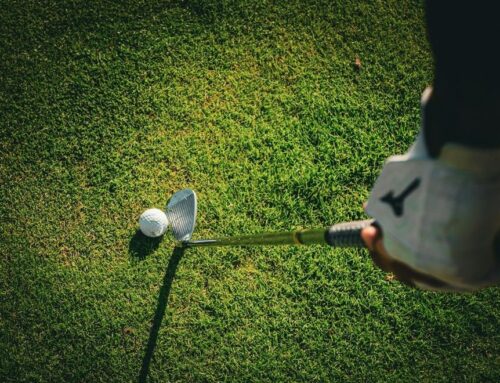


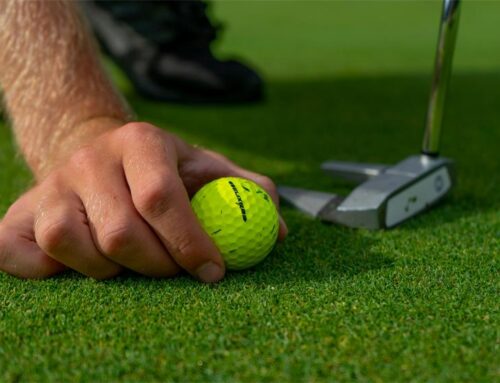
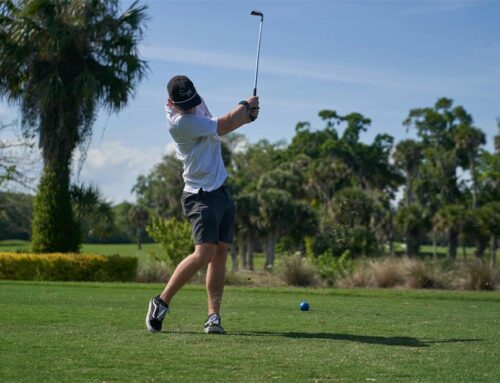
Leave A Comment